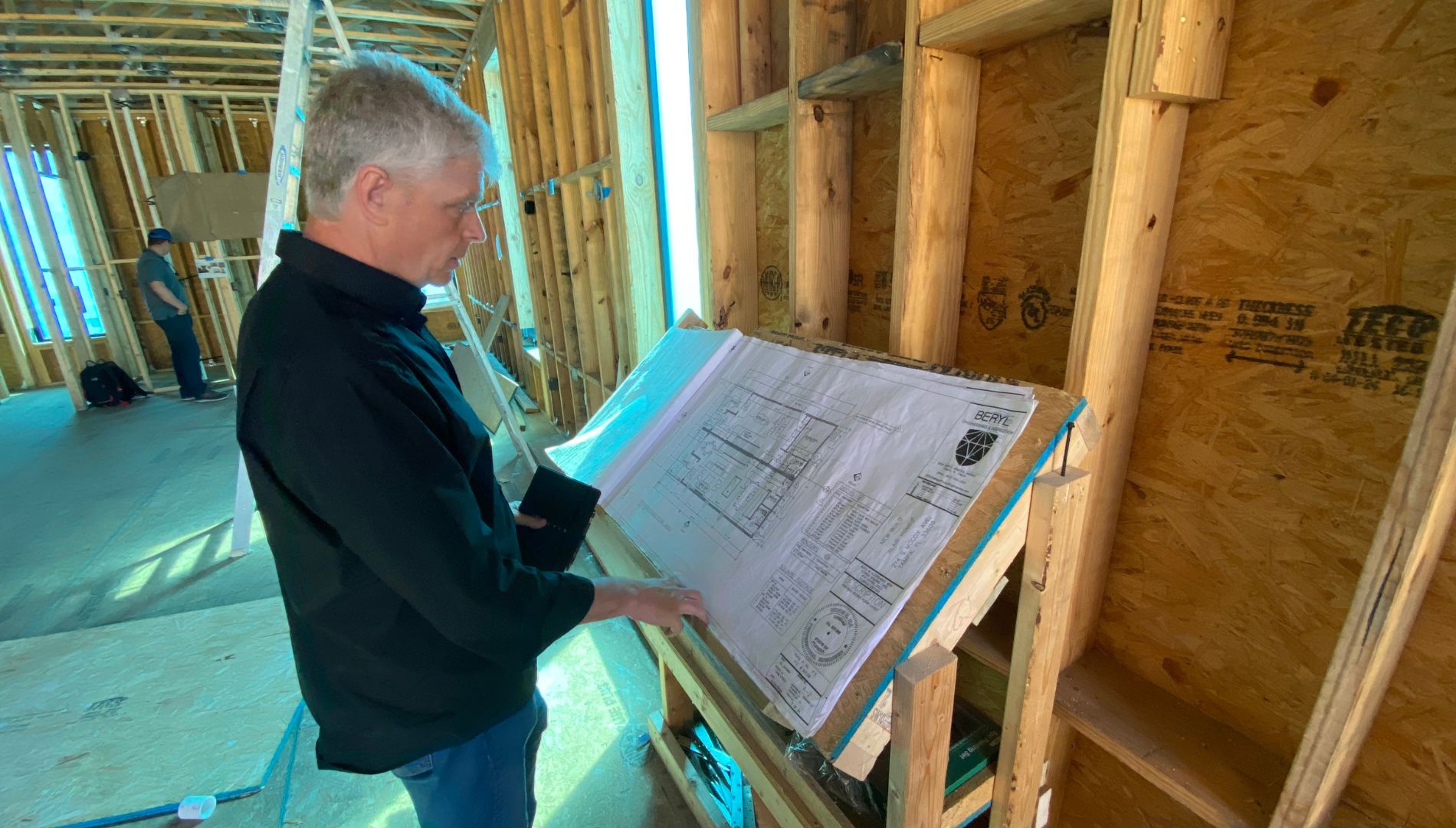Value Engineering a Custom Home Design and Construction
When building a custom home, the process can quickly become overwhelming with the vast number of variables, choices and decisions. That’s why value engineering is an essential part of the pre-construction phase. Value engineering is a systematic method to improve the value of a project by optimizing its function while reducing costs. It focuses on increasing the overall value, not by cutting corners, but by improving design efficiency and using cost-effective solutions, while ensuring the house delivers what matters to you.
What is Value Engineering?
At its core, value engineering is a process that reviews a project to identify ways to reduce costs without sacrificing performance, quality, or safety. It involves analyzing the functions of a design and finding alternative materials, construction techniques, or design modifications that deliver the same or better performance for a lower cost. It’s not about trimming the budget indiscriminately; it’s about finding smart ways to optimize resources and maintain the integrity of the design. The process should also focus on, and enhance, what a client values in their home – how they are going to live better in the home.
The Benefits of Value Engineering in Custom Home Design
1. Cost Savings Without Compromise
For custom home projects, cost overruns are common. By employing value engineering early in the design phase, you can identify areas where material costs or construction methods can be optimized. For example, simplifying the roof structure, ensuring the minimization of large structural components, selecting appropriate materials, etc., can result in substantial savings.
2. Maximizing Functionality
Sometimes, design choices are made based on aesthetics or personal preference without fully considering their long-term functionality. Value engineering looks at every aspect of the home to ensure that it serves its intended purpose efficiently. Whether it’s optimizing the layout for better space utilization or recommending more energy-efficient windows, VE ensures your home is beautiful and functional and you are not spending money on unused/wasted spaces.
3. Sustainability and Energy Efficiency
Energy efficiency and sustainability are increasingly important factors in homebuilding. Value engineering can help incorporate green building materials, energy-efficient appliances, and sustainable construction practices into your custom home design without raising costs. This can include simple strategies like optimizing insulation or utilizing natural lighting to reduce reliance on artificial lighting, which lowers long-term energy costs.
4. Improved Quality and Longevity
Value engineering also focuses on improving the quality and longevity of the materials and construction methods. Instead of opting for cheaper, lower-quality alternatives, VE may propose higher-quality materials that provide better durability over time. For instance, instead of using inexpensive paint, the VE process may recommend high-end finishes that will last longer and require less maintenance, providing value over the lifetime of the home.
The VE Process in Custom Home Design
1. Initial Assessment – often during a Charette
The value engineering process begins with an in-depth analysis of the design and construction plans. The entire team — including architects, designers, contractors, and engineers — will review the plans to identify the most cost-effective methods while preserving the home’s quality and function.
2. Brain-storming Opportunities – sublime to ridiculous
The team identifies areas where adjustments can be made to reduce costs. This might include revising room sizes, the structural layout, suggesting alternative materials, or adjusting the scope of the project. For example, reducing the number of complex angles in the roofline or considering prefab components could significantly reduce construction time and cost. Anything goes and is worth considering.
3. Cost-Benefit Analysis
Once the alternatives are suggested, each option undergoes a detailed cost-benefit analysis to evaluate the impact on overall cost, function, and long-term performance. The goal is to find the best possible option that maximizes value.
4. Implementation
After finalizing the recommendations, the changes are implemented into the design and construction process. The contractors and builders will execute the new plan, ensuring that the project stays on budget while maintaining the design integrity.
The Smart Path to Your Custom Dream Home
Incorporating value engineering into your custom home design and pre-construction process is a smart way to enhance the project’s value, ensuring that you get the most for your investment. By optimizing materials, design, structure and construction methods, you can reduce costs, improve functionality, and create a more sustainable home that will stand the test of time. By approaching the process thoughtfully, value engineering ensures that your dream home is everything you want it to be—without the surprises of unnecessary expenses.
Written by Simon Amesbury, Partner at Alair Homes
Simon began his career in the UK as a Chartered Quantity Surveyor, managing high-value developments across the globe before bringing his expertise in custom homebuilding to Tampa Bay.
